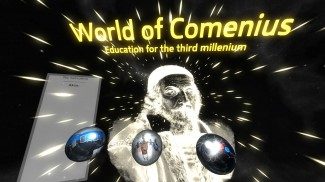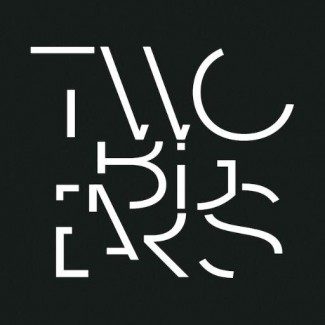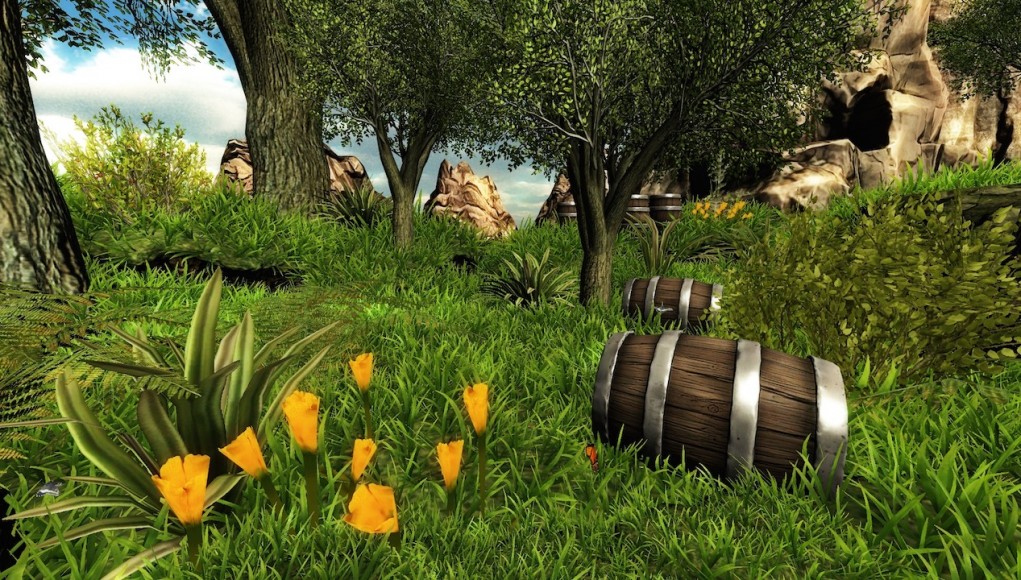
One of the busiest developers on the scene right now, Tomáš Mariančík (aka Frooxius), has just released a new version of his hit VR experience ‘Sightline: The Chair’ with added integration with 3DCeption, a “real-time binaural synthesis engine”. We asked him for his thoughts on 3DCeption and the importance of convincing positional audio in VR.
New ‘Sightline: The Chair’ Release Sports 3DCeption Powered Binaural Audio
 I’m fairly certain that Tomáš Mariančík doesn’t really sleep. After first appearing on VR the scene with the ‘gaze based’ puzzler Sightline as part of IndieCade’s first VR Jam, he made a serious splash with the followup VR experience Sightline: The Chair, before moving on to experimenting with Leap Motion on Project Comenius.
I’m fairly certain that Tomáš Mariančík doesn’t really sleep. After first appearing on VR the scene with the ‘gaze based’ puzzler Sightline as part of IndieCade’s first VR Jam, he made a serious splash with the followup VR experience Sightline: The Chair, before moving on to experimenting with Leap Motion on Project Comenius.
See Also: ‘World of Comenius’ Demonstrates Powerful Educational Interaction with Leap Motion and Oculus Rift
After Oculus recently licensed Realspace Audio as part of the new integrated audio system in the Crescent Bay feature prototype, VR audio seems to have started receiving the attention it deserves. Now, Tomáš has revisited The Chair, supercharging its audio with a positional engine called 3DCeption, from Edinburgh based company Two Big Ears, and we wanted to hear about VR audio and its importance from a developer’s perspective.
Download Sightline: The Room
Despite the raw power of gaming hardware increasing exponentially with every generation, in-game audio has failed to evolve in line with the visuals it accompanies. “..it’s quite saddening to see that a lot of games still have quite primitive sound, despite improving the visuals. But I think VR could reawaken the need for more realistic sound to achieve higher immersion.” says Mariančík.
 So, what was 3DCeption like to work with? “The Chair was pretty straightforward, their API is easy to use. There were several issues I had, but all of them got resolved – [the] 3DCeption guys are very communicative, they both gave me advice and fixed bugs or made changes to the library based on my feedback, which helped the process a lot.”
So, what was 3DCeption like to work with? “The Chair was pretty straightforward, their API is easy to use. There were several issues I had, but all of them got resolved – [the] 3DCeption guys are very communicative, they both gave me advice and fixed bugs or made changes to the library based on my feedback, which helped the process a lot.”
Part of the skill inherent designing a compelling game is creating and directing the user’s experience within your world, audio is of course a huge part of this. “[with positional audio] I can even use this to draw someone’s attention to an object behind them, force them look behind by just hearing or above them.” Mariančík tells me. “Higher sound realism allows to create more realistic scenarios in VR – like in a game you can tell that something made a sound behind you, forcing you to look – for example an enemy player in multiplayer game.”
“With classic stereo panning ‘3D sound’ that’s in Unity by default, you can only tell if the sound is coming from the right or left, but you can’t tell well if it’s in front of you or behind you or even above you or below you. With 3DCeption and other binaural solutions that model how the sound spreads through the environment and how its frequency characteristics as well as timings are affected by reaching your ears from different directions (the way our ears are shaped on the head in the path of the sound change how it sounds), so that allows to better differentiate where the sound is coming from.”







